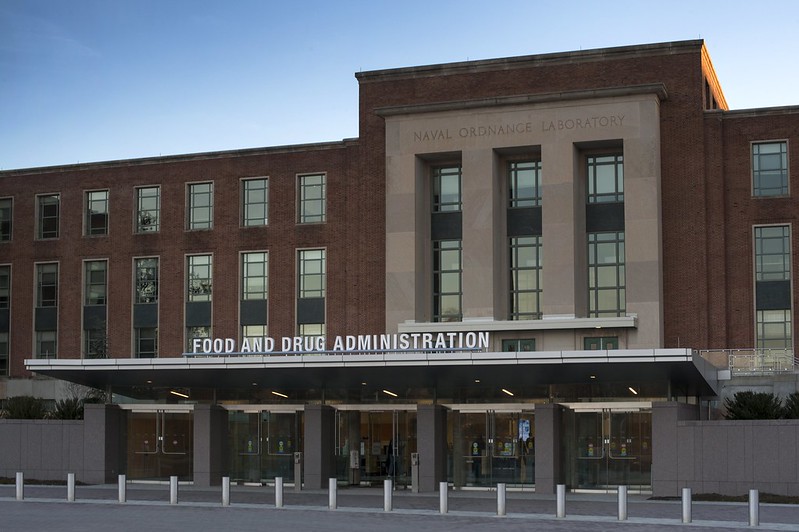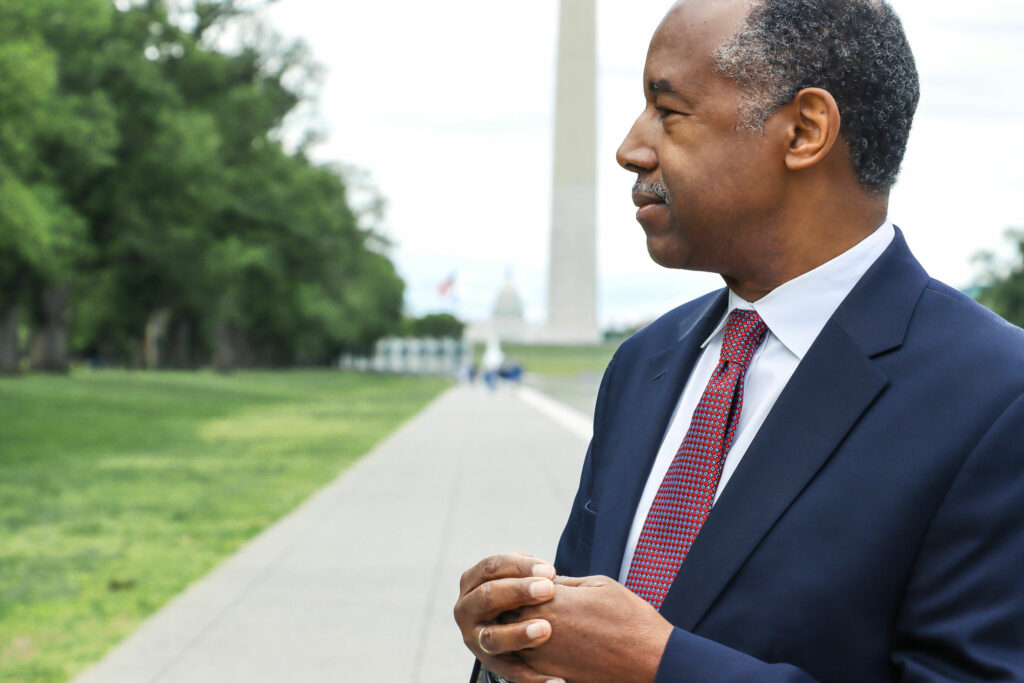 Last week, the Supreme Court placed a hold on a district court ruling out of Texas that restricted access to the mifepristone, which would severely limit the use of the abortion-inducing drug across the country by blocking the Food and Drug Administration’s (FDA) approval of the pill. Previously, the Fifth Circuit Court of Appeals affirmed some parts of the district court decision, while halting others, leaving abortion-inducing medications only legal for use of up to seven weeks of pregnancy. Now, the Supreme Court is set to make a more robust decision on the issue on Friday, April 21.
Last week, the Supreme Court placed a hold on a district court ruling out of Texas that restricted access to the mifepristone, which would severely limit the use of the abortion-inducing drug across the country by blocking the Food and Drug Administration’s (FDA) approval of the pill. Previously, the Fifth Circuit Court of Appeals affirmed some parts of the district court decision, while halting others, leaving abortion-inducing medications only legal for use of up to seven weeks of pregnancy. Now, the Supreme Court is set to make a more robust decision on the issue on Friday, April 21. In light of the Supreme Court’s ruling last summer in the Dobbs case, which established that no federal right to abortion exists in the Constitution, many states have acted boldly in defense of life — and in 13 states, most abortions are now banned. As such, chemical abortions (or abortions induced by medications such as mifepristone) are widely seen as the next battlefront in the pro-life movement, and the Biden administration continues to move aggressively to expand the use of this abortion method. The FDA first authorized the drug mifepristone for the purpose of chemically induced abortions in 2000. Initially, the FDA required the drug to be taken within seven weeks of pregnancy, in addition to three doctors office visits and doctor supervision. Today this is no longer the case. The Biden administration moved aggressively to expand widespread, unregulated access to abortion drugs in furtherance of their radical “abortion on demand” agenda; taking advantage of the COVID-19 emergency to allow remote prescription and drug distribution from retail pharmacies or by mail — all without ever seeing a doctor in person!
Chemical abortions are conducted by first taking mifepristone, which blocks the woman’s production of the hormone progesterone. This disrupts the endometrial lining of the uterus, and thereby deprives the baby in the womb of the oxygen and nutrients needed for growth and development, essentially starving the child of the sustenance he needs. Anywhere from 24 to 48 hours later, a second drug called misoprostol is taken in order to artificially induce labor in the woman, which causes the uterus to contract and expel the now-deceased child.
Consequently, and deliberately, the use of chemical abortions has skyrocketed after FDA deregulation. According to data from the Centers for Disease Control and Prevention (CDC), chemical abortions comprised only about 17 percent of all abortions in 2009. As of 2020, chemical abortions make up over half of all abortions in the U.S. at 52 percent, including 64 percent of all abortions before 10 weeks gestation. By this time in development, more than 90 percent of body parts have already formed.
But not only does mifepristone take the life of the unborn child — it poses risks to women as well, particularly when it is administered in an unsupervised manner and environment (as the Biden administration has advocated). In fact, one study showed that about 20 percent of women who undergo chemical abortions experience some sort of complications or adverse effects, which is four times higher than those who undergo surgical abortions. Furthermore, the rate of women visiting the emergency room due to chemical abortion-related causes increased 500 percent from 2002-2015.
The bottom line is this: chemical abortions are bad for the unborn, dangerous for women, and harmful to society. As the Biden administration continues to push the expansion of chemical abortion through the regulatory bureaucracy, the pro-life movement should recognize chemical abortion access as the next step in the fight for life.
As a movement that values life in all its stages, we must continue to work at the state level to pass protections for the unborn, no matter the form of the threat. State legislatures are rightfully focused on surgical abortions procedures, but the left is finding new ways to expand their radical abortion agenda across the nation. State legislators, and our representatives in Congress, should act to restrict dangerous abortion-inducing drugs and chemicals, and all pro-life Americans should understand this as the next battleground for saving the lives of the least among us.
